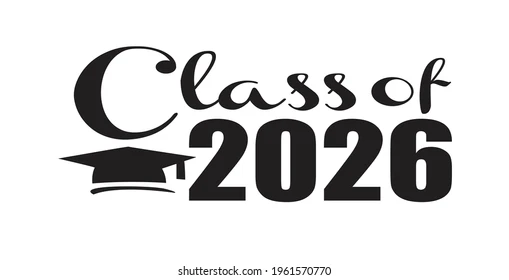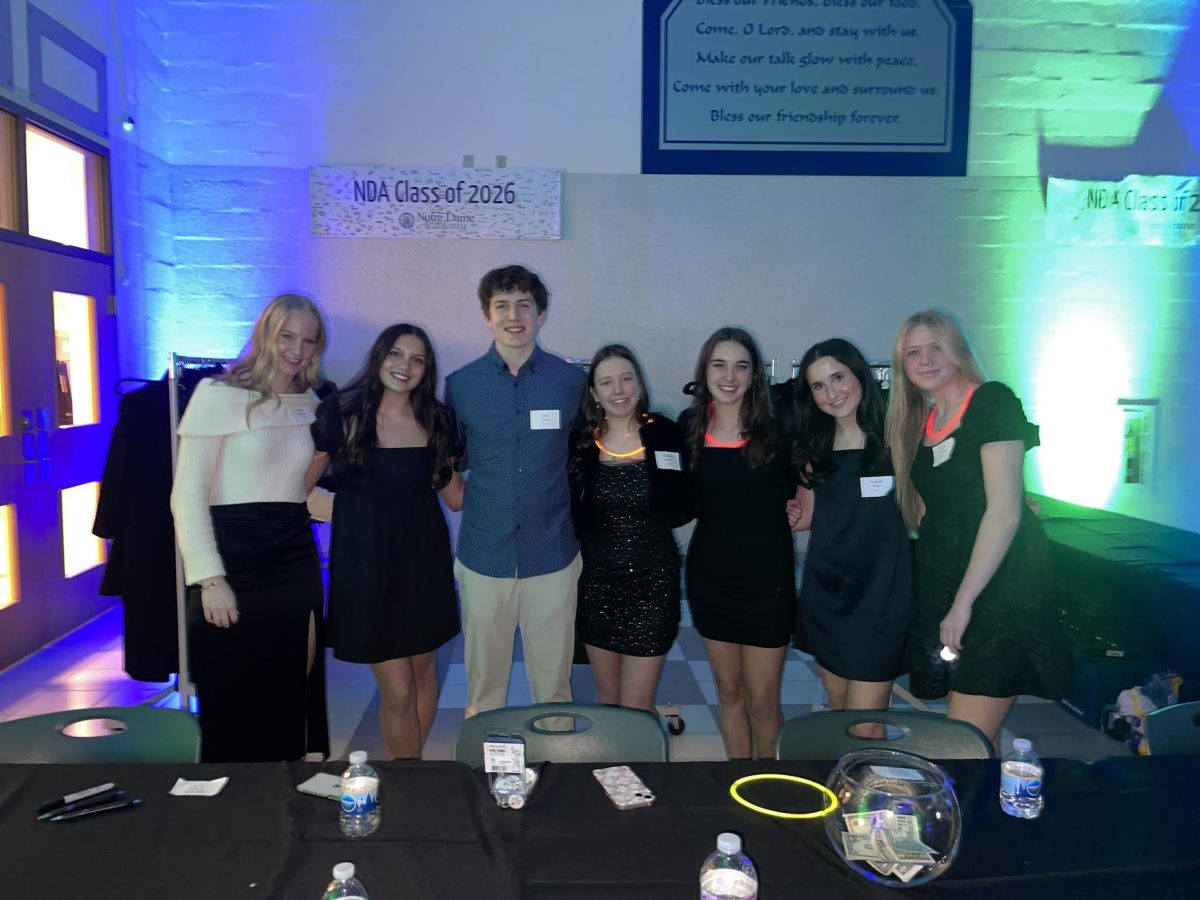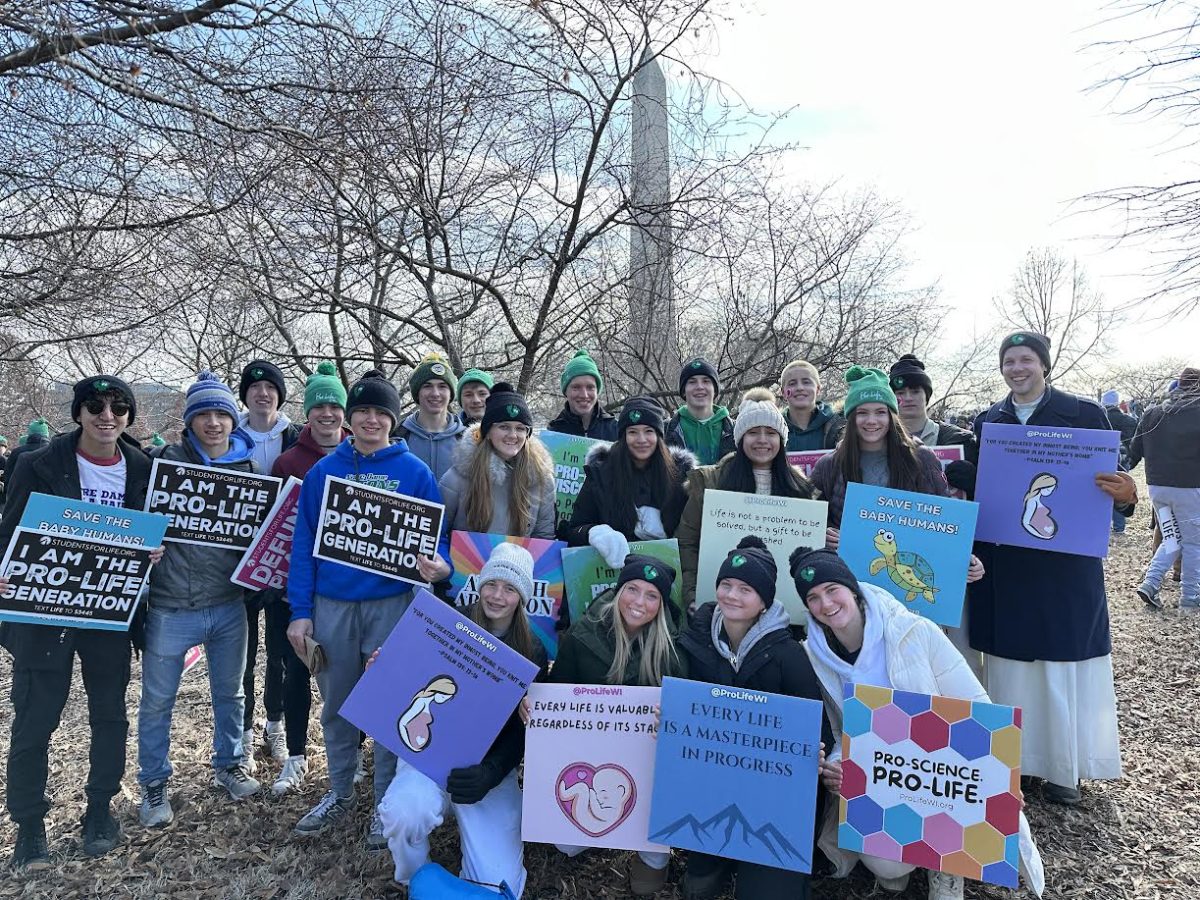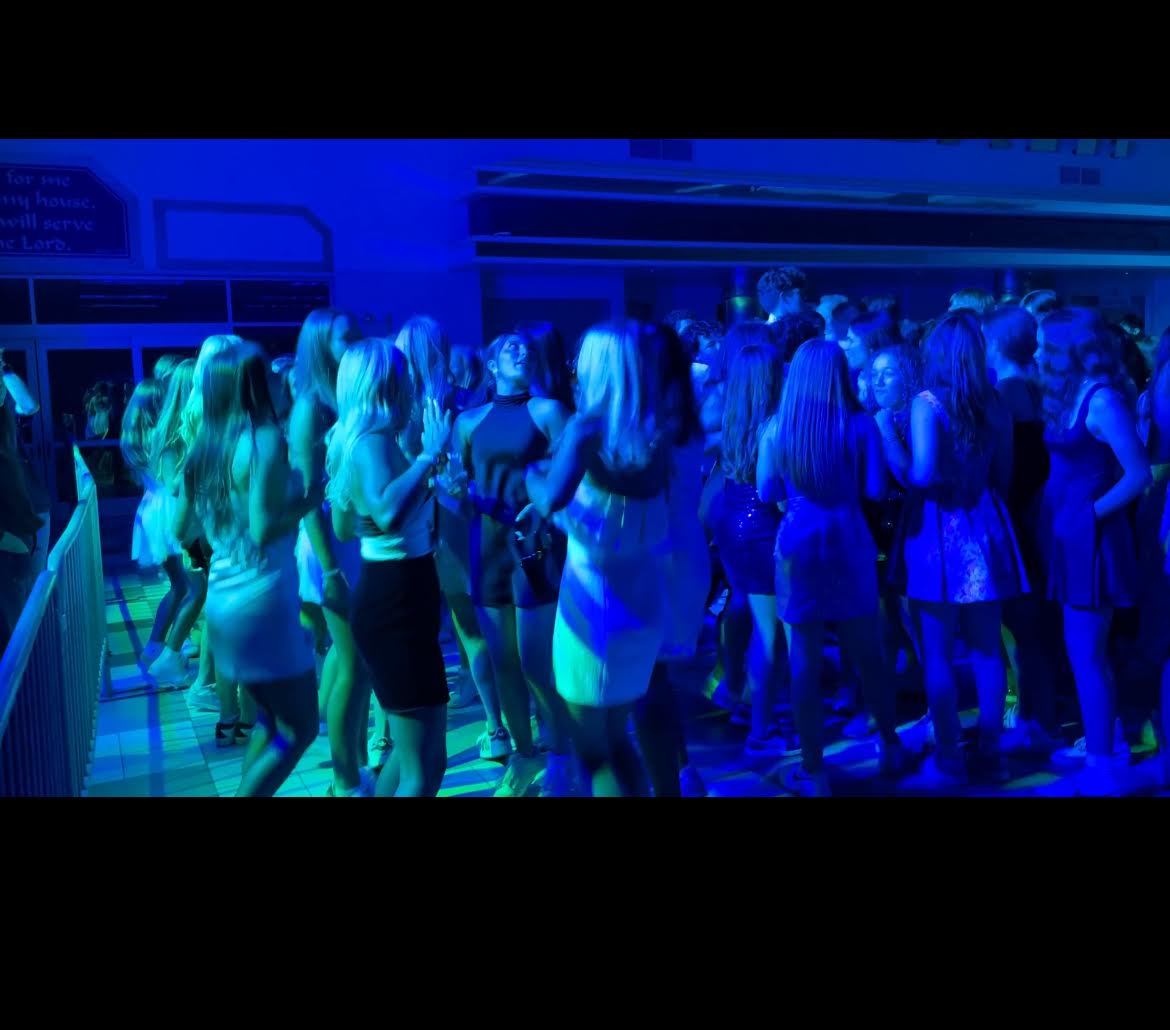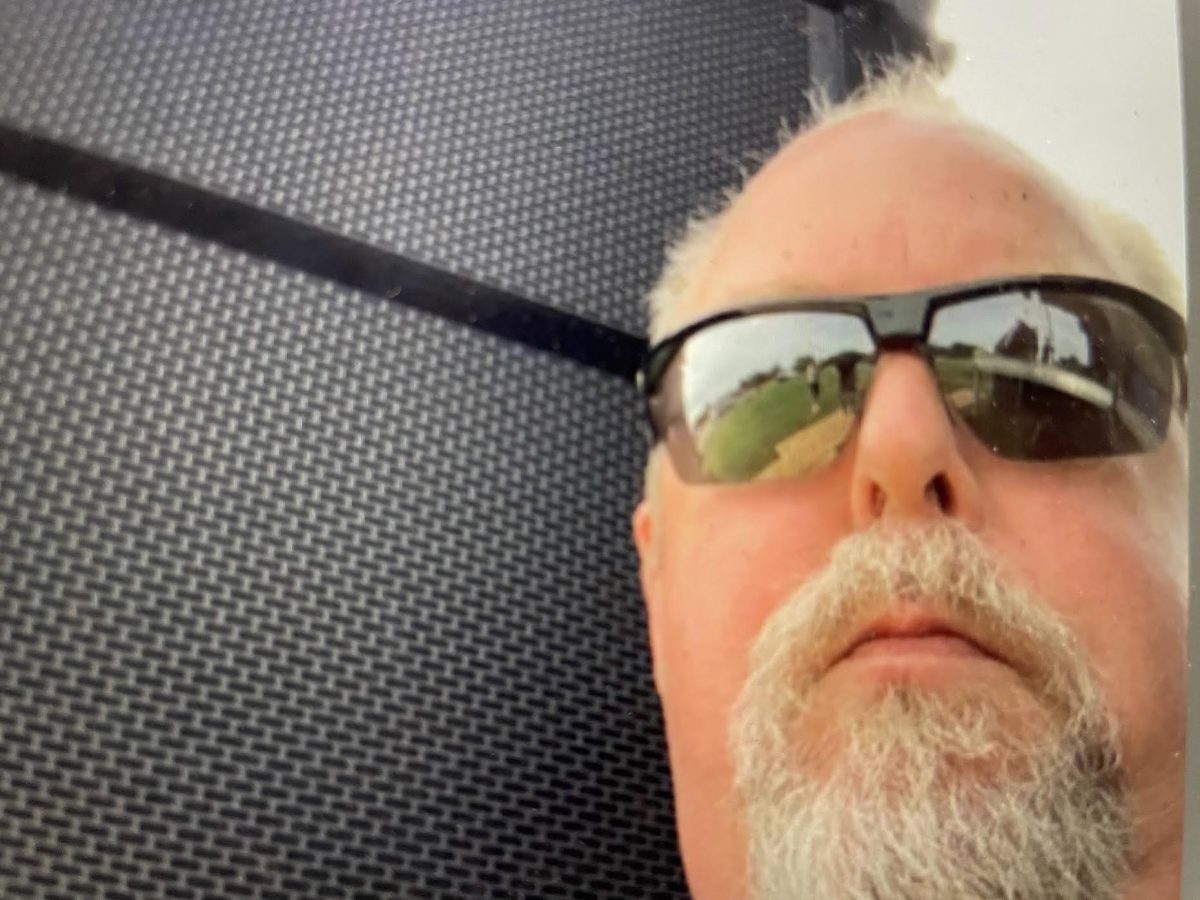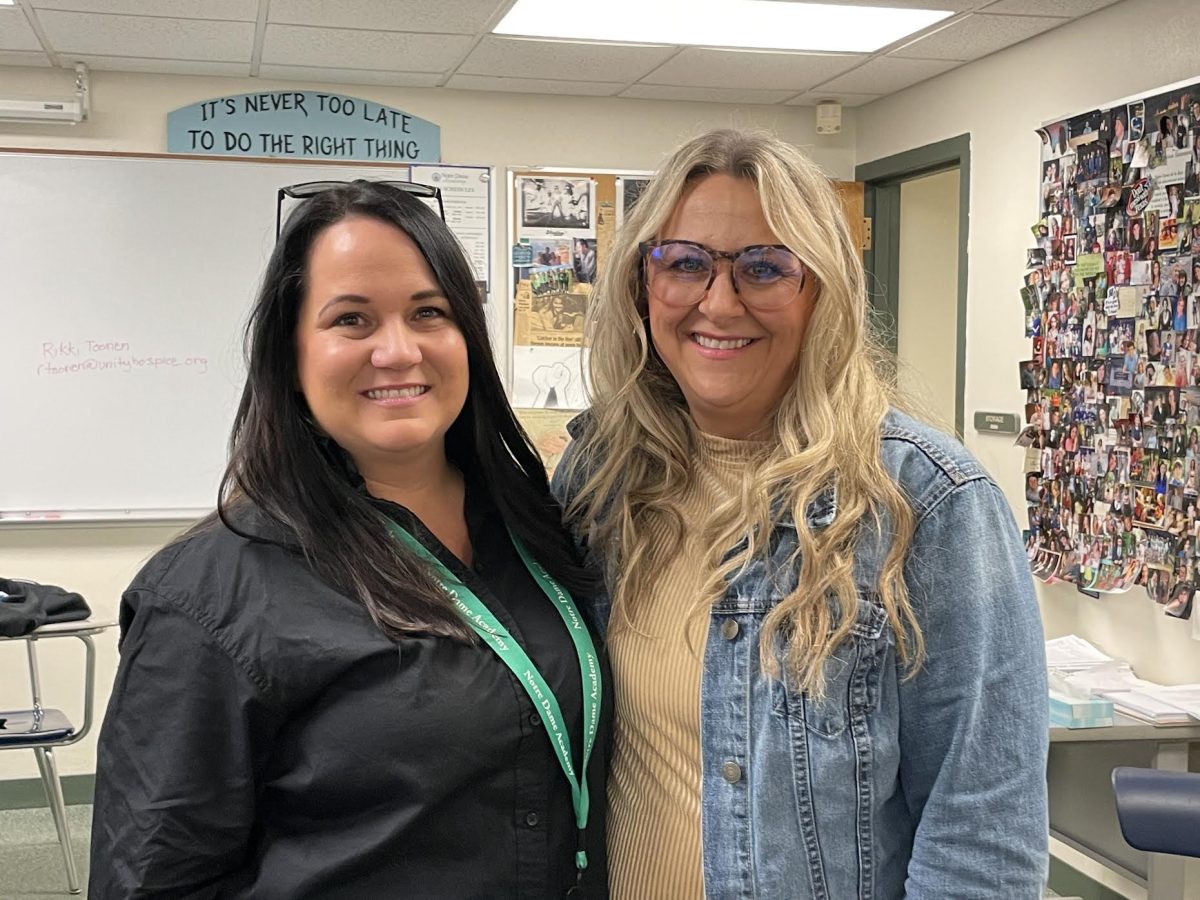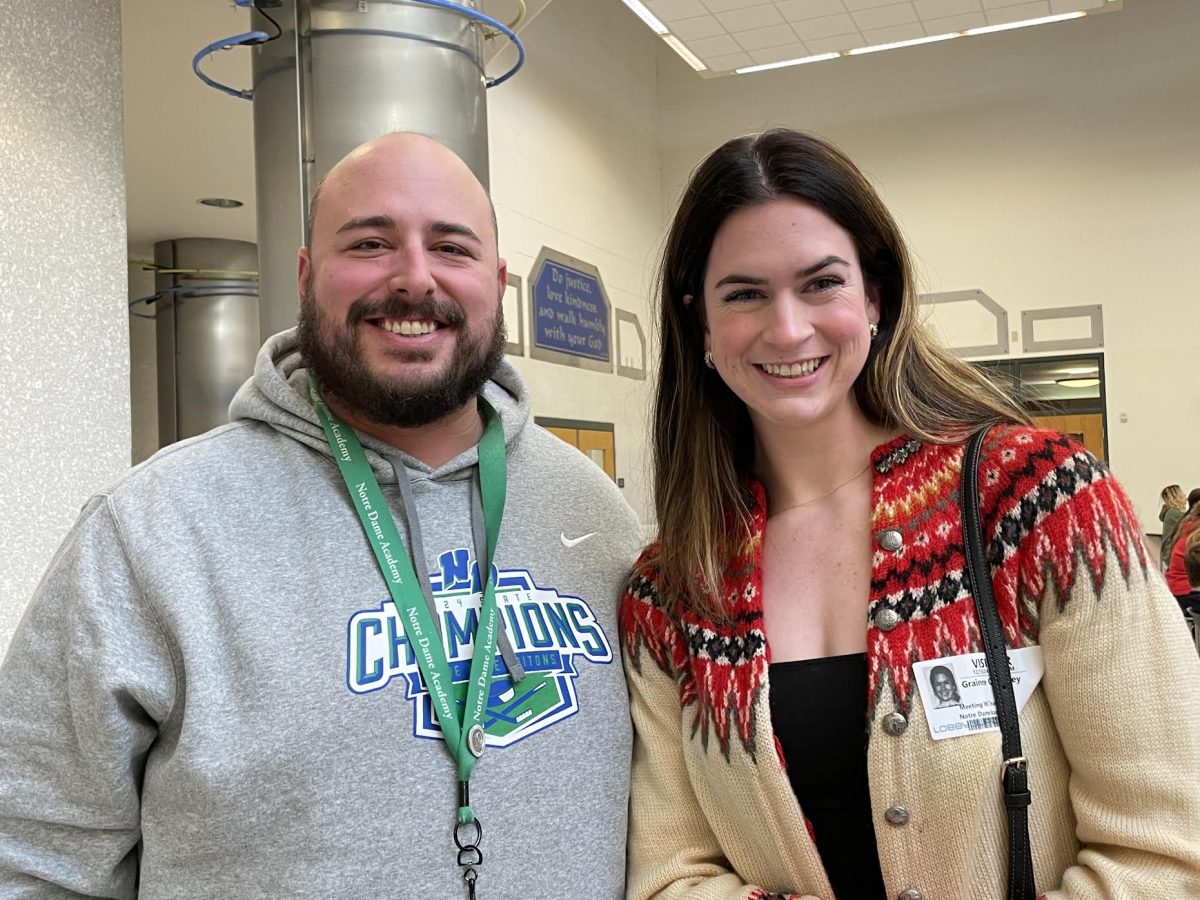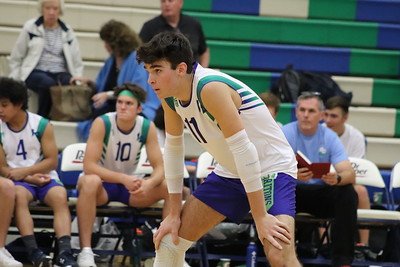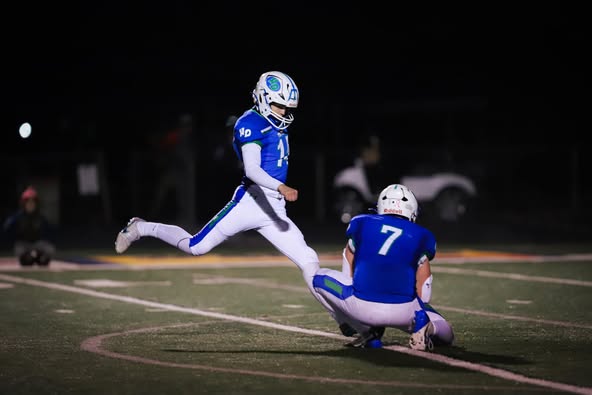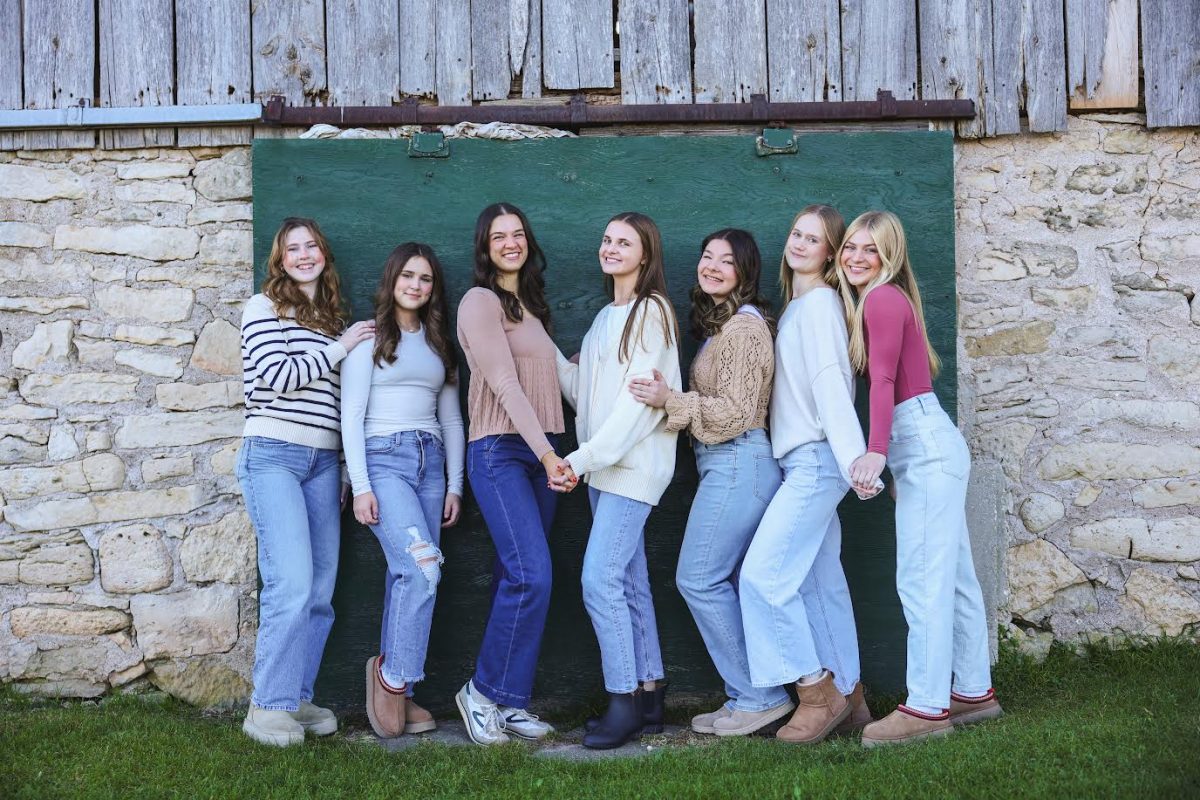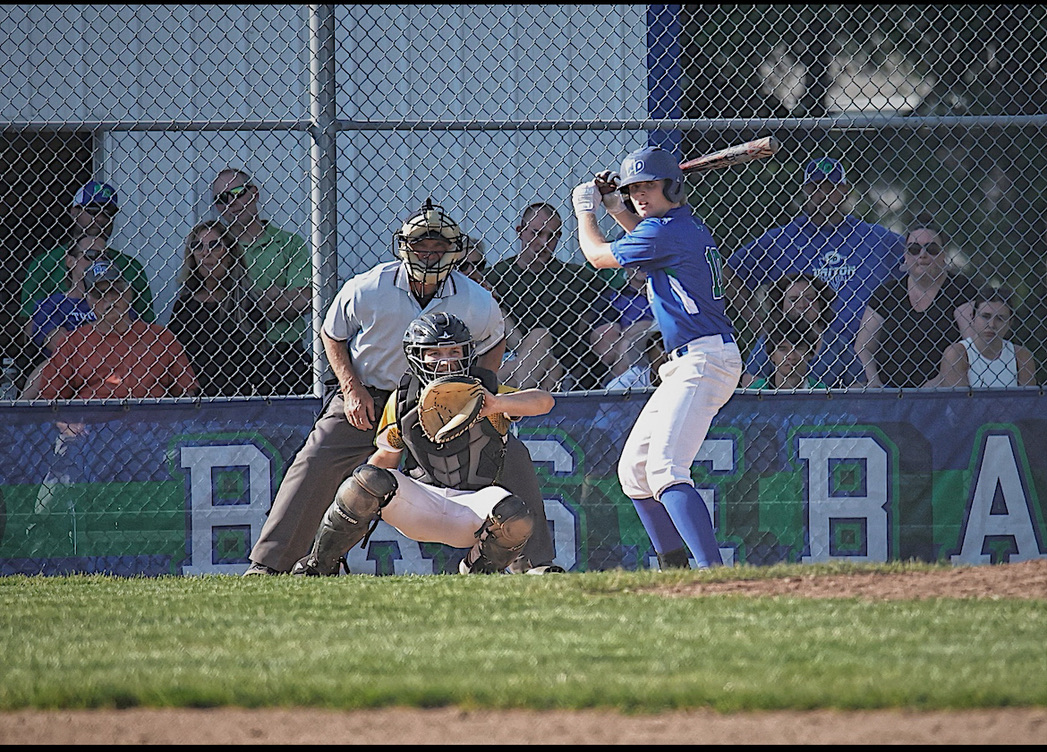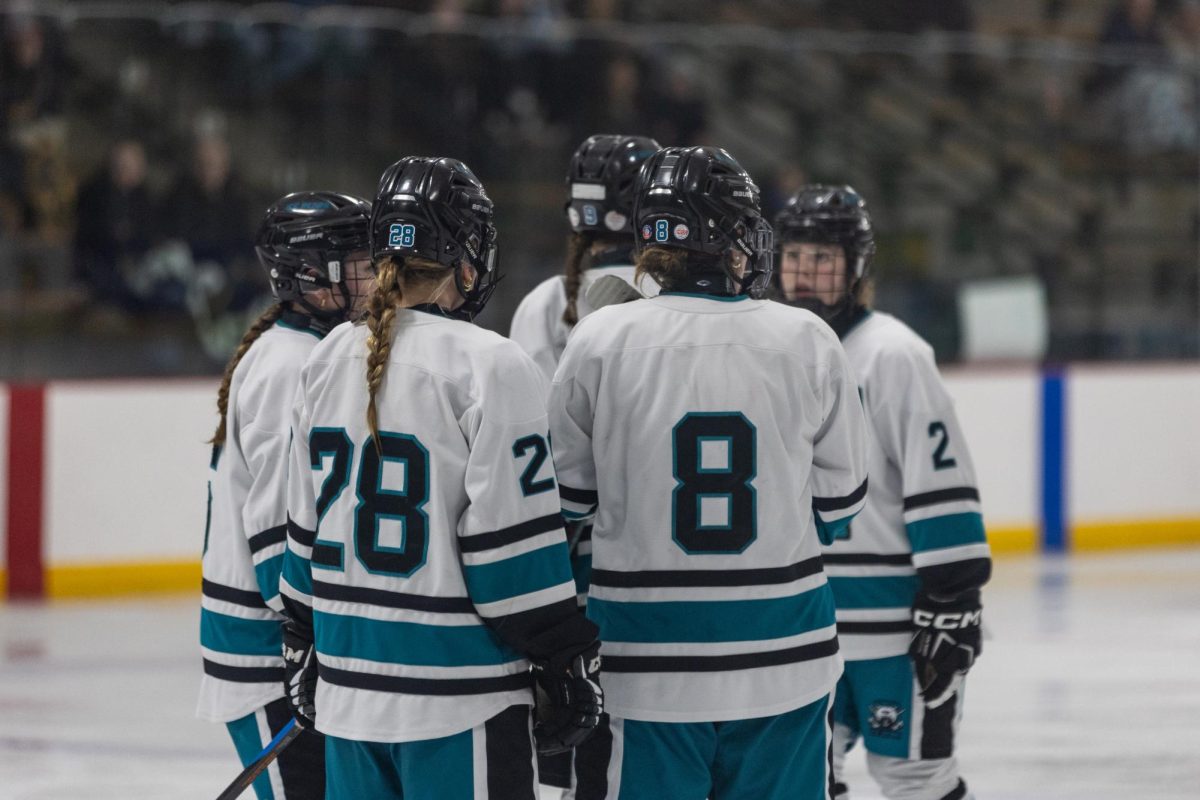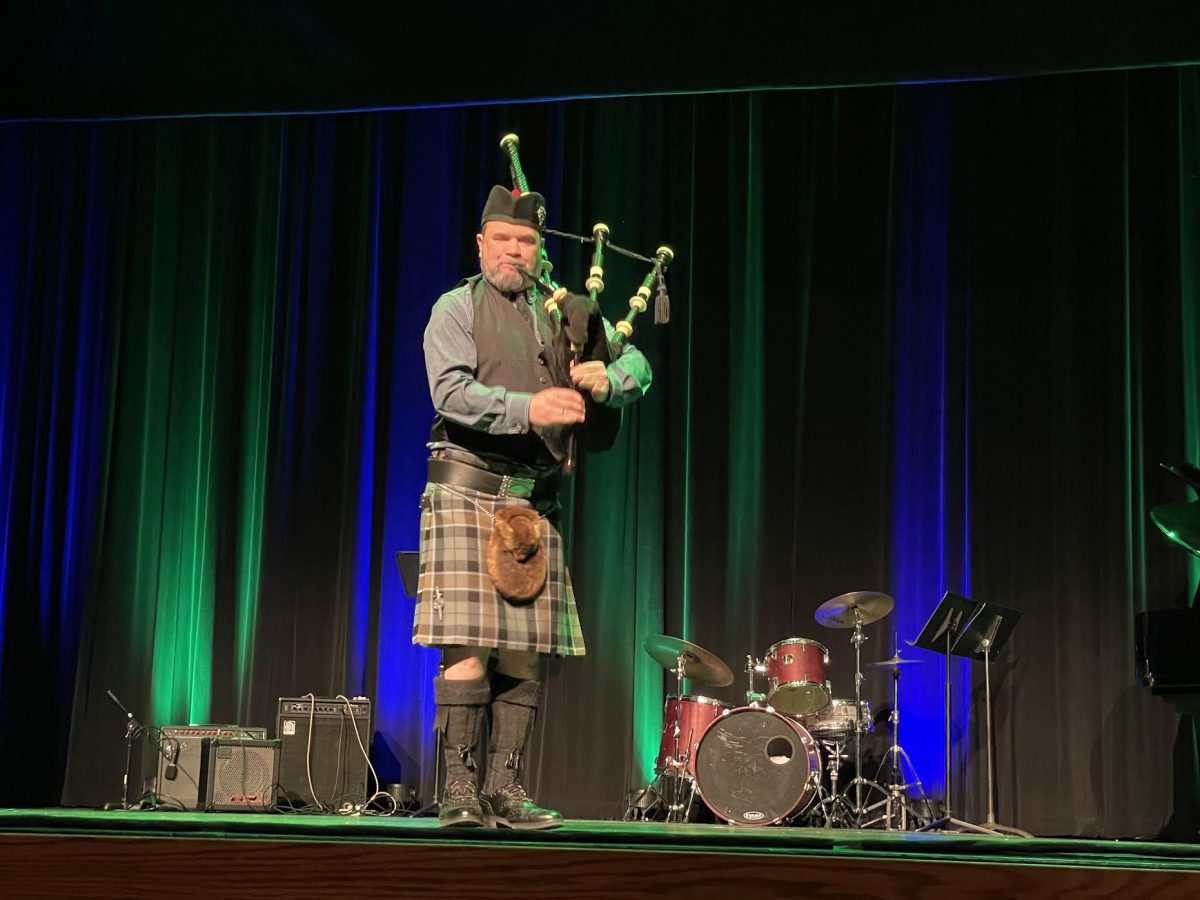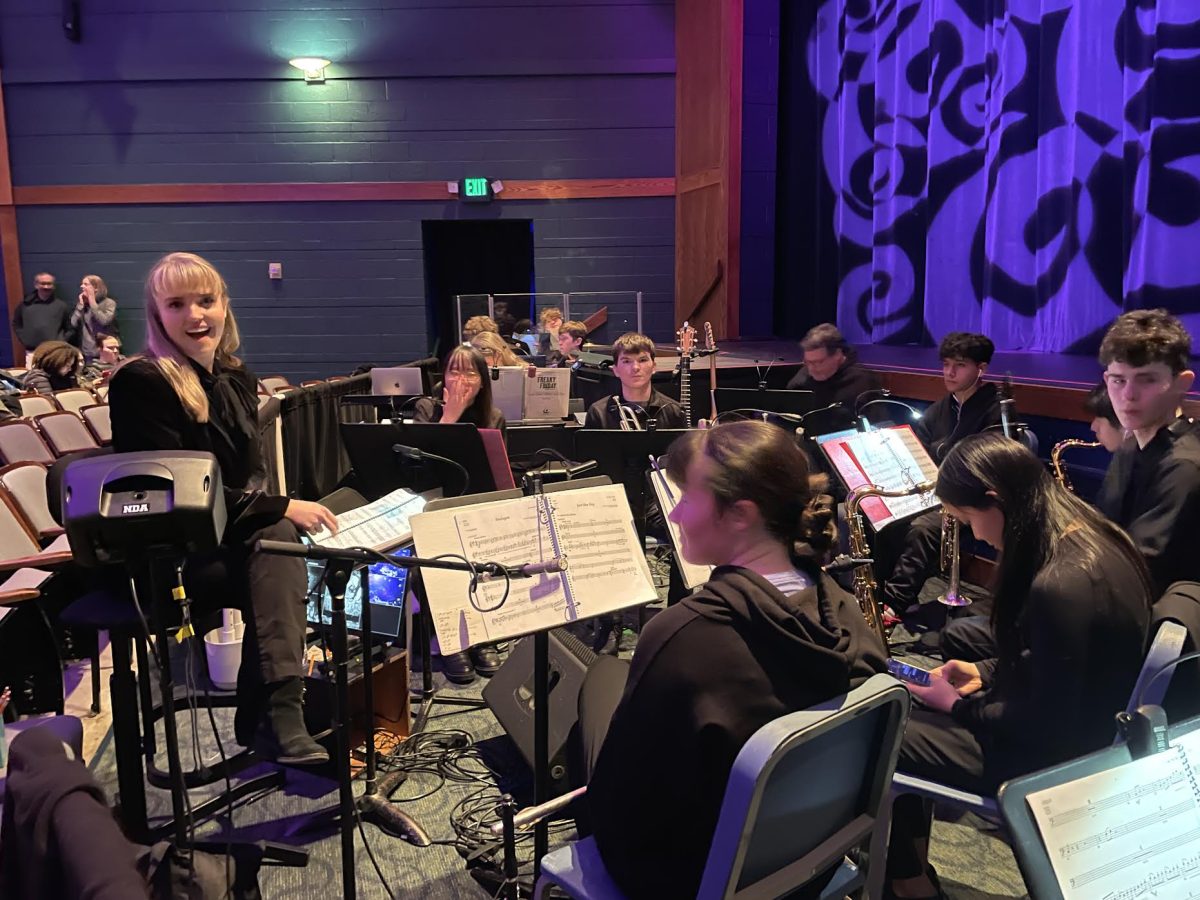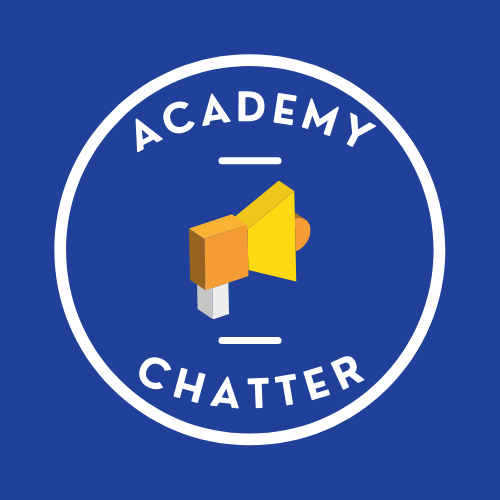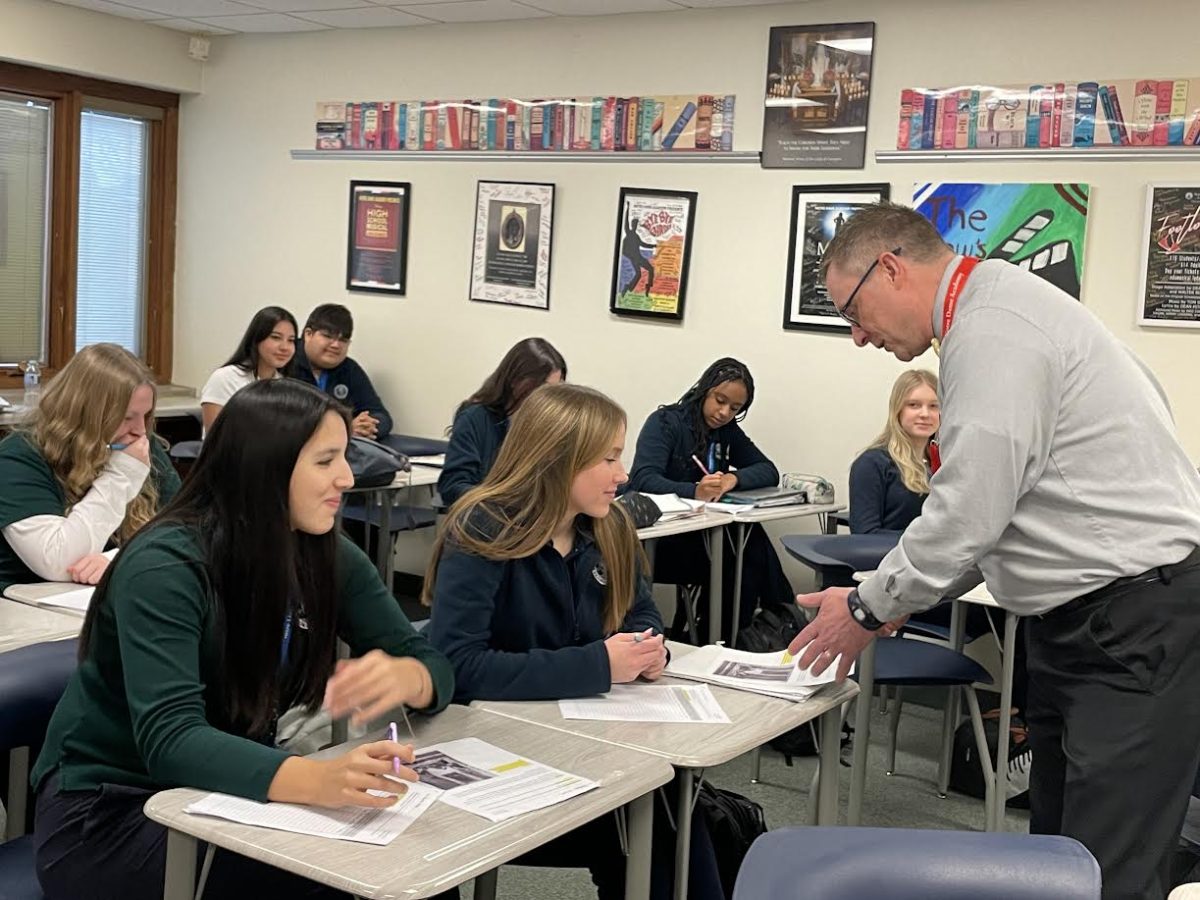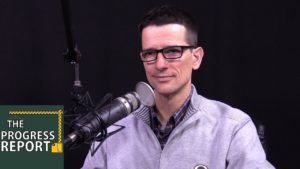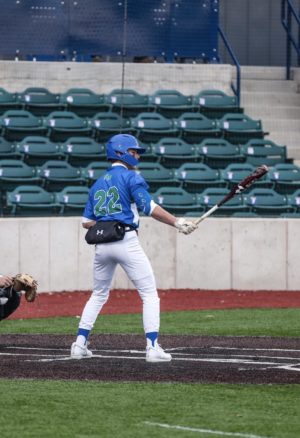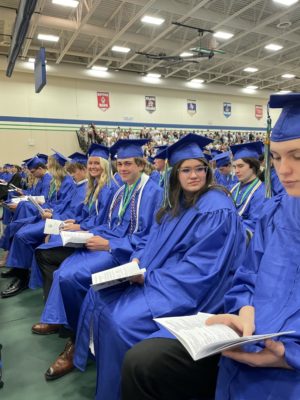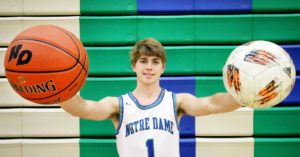Bosco Takes on Challenge of Cane Travel, Aims for Independence
January 11, 2018
Imagine waking up in a hospital bed to the slow monotonous beat of your heart monitor in the background. You slowly begin to toss and turn, and then open your eyes. As you do this, you realize there is a serious problem. Your eyes are not working, and you stare into a black abyss.
In the early spring of 2017, I woke up from a serious coma. I remember opening my eyes to the sound of my mother’s voice. However, there was a serious problem. No matter how wide I opened my eyes, I could not see her.
Immediately after leaving the hospital I came to grips with my blindness. I was sent to Blind Inc., a school for the blind, to be taught braille and cane travel.
When I arrived at Blind Inc., I had no functional cane travel skills. Blind Inc. was instrumental in my development with travel. The cane used to teach me, which I still use today, was a long white, straight cane. It is traditionally called a “long cane.” At Blind Inc., I was taught to be as independent as possible with my cane.
In 1921, a man by the name of James Biggs developed the first white cane. Biggs was worried about traveling around his home with the traffic after he became blind. Several decades later, the second iteration of the white cane was developed after WWII to assist injured veterans. Richard E. Hoover was responsible for developing the travel technique. This technique involves tapping the cane in front of your body, left to right, to scan for objects and to know your surroundings.
Arriving home in early August, I received further cane instruction from a local teacher and quickly learned the difficulties of cane travel in the real world. My most vivid memory of my first weeks home involves catching doors to the face, tripping and falling, and getting lost in my own home.
These were my biggest weeks of challenges. Once I became comfortable with the idea of cane travel, I began to build my skills. Another skill I developed, and have used often when traveling, is my enhanced ability to hear. It allows me to use my hearing for travel.
I continue to further my skills in cane travel. I currently receive training from a local teacher named Mary Powers. When asked about her decision to teach cane travel, she said, “I like working with someone in a rehab type of setting.” Mary also enjoys her outside lessons with her students.
A personal goal I have is to be totally independent by the time I reach my senior year at Notre Dame.


